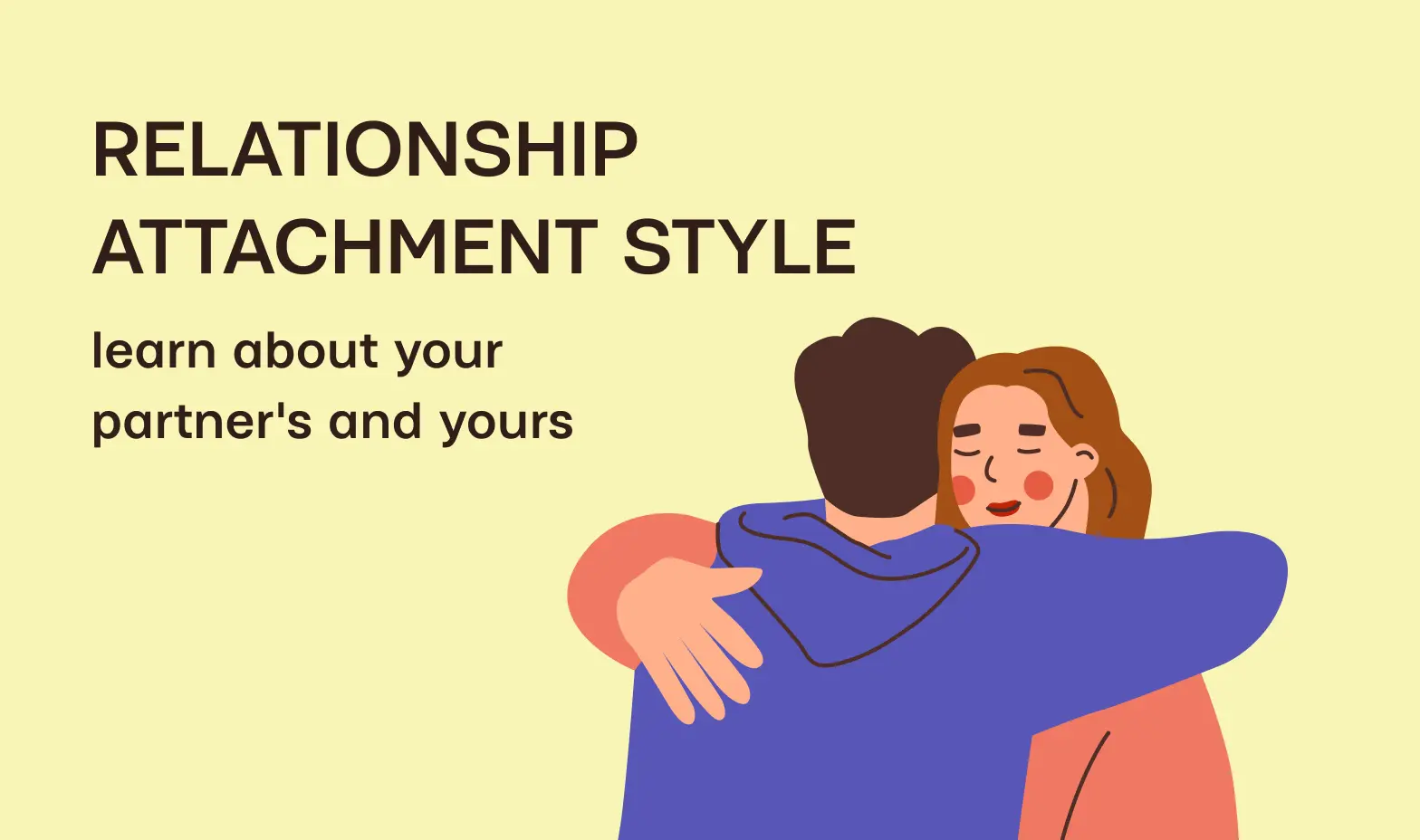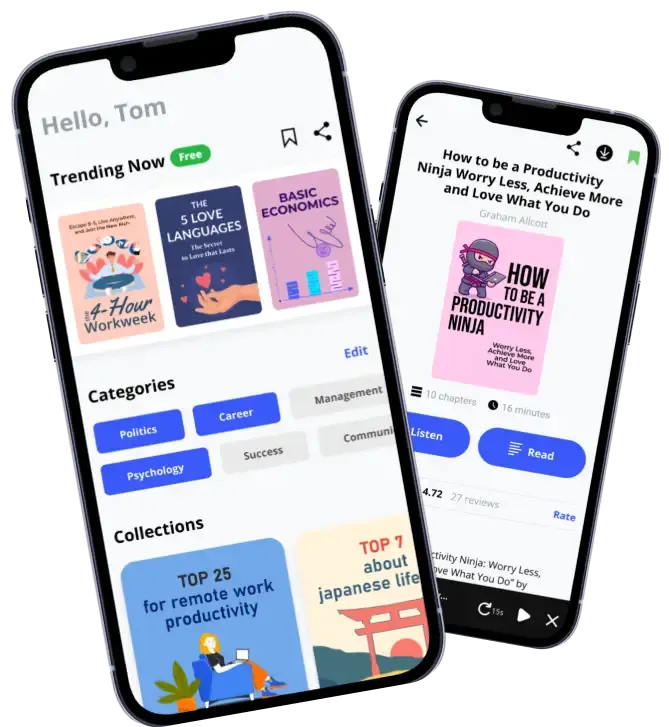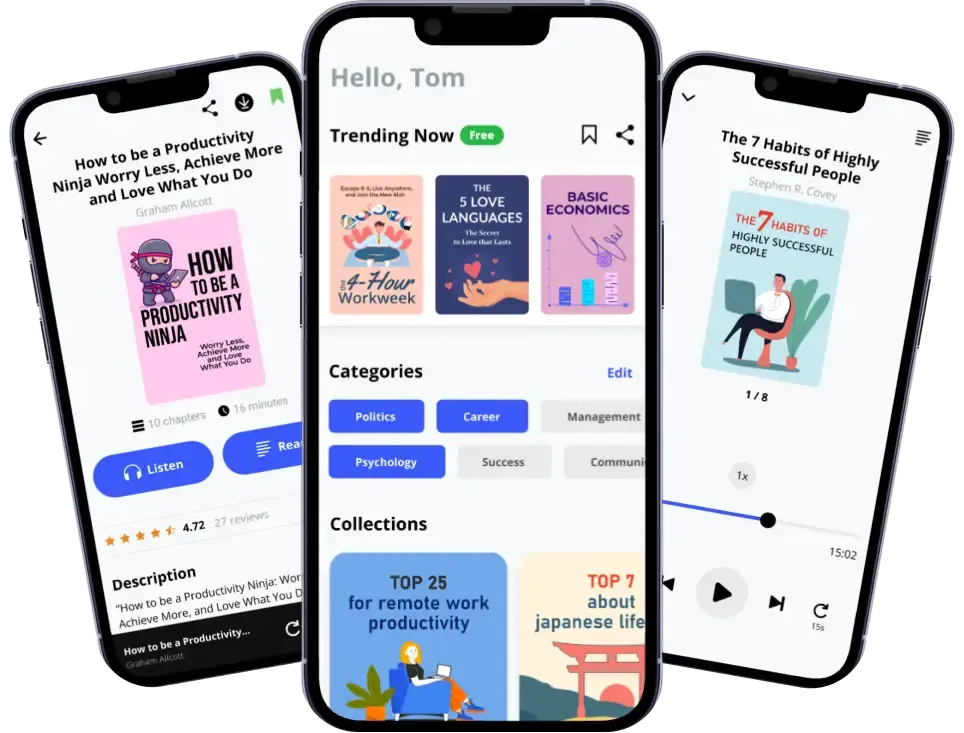If you are currently in a relationship, it will also be useful to learn about your partner's attachment type. This way, you can understand what they need and how to communicate with them better. We have prepared 8 pieces of relationship advice to help you identify and work on your partner's attachment type with your partner.

1. Explore attachment theory
There are three attachment types depending on the conditions in which people grow up: anxious, avoidant, or secure. There can also be disorganized attachment, but it’s the rarest type. If you have a very pronounced fear of being abandoned and constantly put your partner's needs first, ignoring your desires, doubt whether they love you enough even without objective reasons for this, and constantly try to “earn love”, then you most likely have an anxious attachment style.
If you or your partner, on the contrary, cannot openly express your needs and instead withdraw and associate the relationship with limiting freedom and independence, you most likely have the opposite type of avoidant attachment. However, people who grew up in an understanding and supportive environment with emotionally available mature parents develop a secure attachment type that helps them build healthy relationships. What is the next step after you have identified your attachment type?
2. Analyze your reactions to relationships
Most often, intrusive attachment styles are manifested in reactions to difficulties in relationships. Imagine that your partner frequently stays late at work and rarely responds to messages during working hours. People with an anxious attachment style would immediately start to think of many reasons why this might be the case: maybe their partner doesn't love them enough and doesn't want to spend more time together. Or maybe they have someone else, and that's why they are so late? The result is constant anxiety and demands from their partner to “prove” their love.
Avoidant people, on the contrary, in such a situation will hide their emotions and feelings but at the same time distance themselves from their partner. This will cause the other person to wonder why their partner has suddenly become cold and started to withdraw. These reactions can become your “pointers” to the type of attachment and help you identify harmful patterns and replace them with effective communication.

3. Observe your partner's behavior
As mentioned earlier, not only your attachment type but also your partner's plays a big role in a relationship. Sometimes it happens that the types of attachment coincide. For instance, the best relationships in terms of communication are traditionally considered to be those where both partners have a secure attachment type. However, this is not always the case; it is common to see anxious people attracted to unavailable partners and vice versa, so relationships with secure people seem boring to them and often don't last long.
For example, if you have an anxious type of attachment and your partner is avoidant, then you should understand that your partner needs their own space. If they distance themselves from time to time, it's not because they don't love you anymore but because they want to be alone for a while. For partners with anxious attachment, it works the other way around: they constantly require reassurance and “proof” of their value in your eyes.
4. Discuss your needs in the relationship
The best, but not always the easiest, way to resolve relationship misunderstandings is to communicate openly and effectively with your partner. Only by sincerely expressing your feelings, emotions, and experiences can you convey them to the other person and get support and relationship security. Most of the misunderstandings that occur in relationships are the result of the lack of such an open dialogue. If you want to find out more about it, read our Getting The Love You Want summary.
When you realize that your attachment styles are different, talk about what makes you comfortable and what makes you uncomfortable. That is, if you need more personal space and time alone, instead of quietly withdrawing, tell your partner directly. It is also essential to talk about your worries, even if there is no sufficiently “objective” reason for them.

5. Avoid blaming and labeling
Even if you've identified that your partner has an anxious or avoidant attachment style, don't use it against them. You shouldn't blame your partner for needing personal space from time to time or worrying about their value in your eyes. Attachment trauma is formed in childhood, and accusations won't help. Instead, look for ways to interact harmoniously. To learn more about it, read our Nonviolent Communication summary.
One of the best ways to do this is to show your partner your support and help them understand their feelings. Any healthy relationship requires compromise on both sides. Therefore, try to put yourself in your partner's shoes as much as possible and understand their wants and needs.
6. Find a balance between independence and intimacy
In a relationship, it is vital to find a happy medium between personal freedom and emotional intimacy. If you strive too hard for independence, your partner may feel rejected, and if you are too dependent on the relationship, it can put pressure on the other person. Realize that a healthy relationship doesn't mean a complete abandonment of yourself, but it also can't be built on a constant distance. More on this you can find in our Attached book summary.
Learn how to spend quality time together. If one partner is avoidant and the other needs more intimacy, you can find a compromise: plan common moments, but leave room for personal interests. Let’s say you can have separate hobbies or meetings with friends but also devote time to romance, conversation, and deep connection.

7. Build trust in relationships
Trust is the foundation of any healthy relationship, but it cannot be built overnight. It is built gradually, through honesty, consistency, and mutual respect. Many people, especially those with an avoidant or anxious attachment type, have difficulty trusting because of experienced betrayal, trauma, or unstable childhood. However, it is important to remember that every new relationship is a chance to create a different scenario rather than replay old fears.
To develop trust, communicate openly and honestly. When you have doubts or worries, talk about them directly instead of building up discontent or testing your partner. Instead of saying, “Are you sure you won't leave me?” try saying, “It matters for me to feel confident in our relationship, and I want to understand how you see our future.” This approach will help avoid unnecessary anxiety and strengthen the emotional connection. More on how to build trust in relationships you can learn in our Adult Children of Emotionally Immature Parents summary.
8. Be patient with changes
Change in relationships and personal growth is a process that takes time. If you are trying to change your insecure attachment style or help your partner become more emotionally open, it is critical not to expect instant results. Attachment is formed early in life, and changing deeply ingrained habits and fears is a long journey.
Patience is especially influential if you or your partner has an avoidant or anxious attachment style. For instance, if your partner is afraid of intimacy and takes longer to open up, don't pressure them. And if you are used to avoiding emotional conversations, try taking small steps instead of trying to change all at once.
Building a healthy, strong relationship involves constant growth for both partners. To better understand your needs and behavior in relationships, study the theory of attachment types and work on yourself. Although our attachment styles are formed in childhood, this does not mean that we cannot change them or influence their improvement now. We hope our selection of relationship tips was useful and informative for you!
Credentials:










